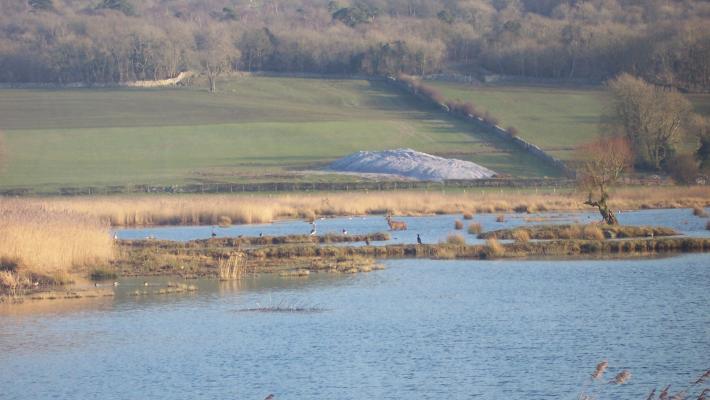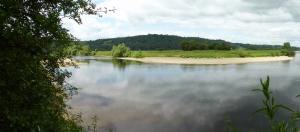
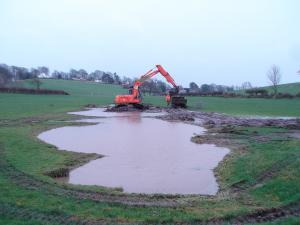
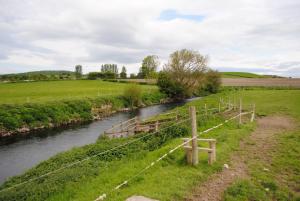
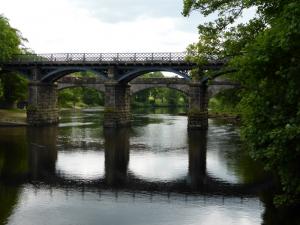
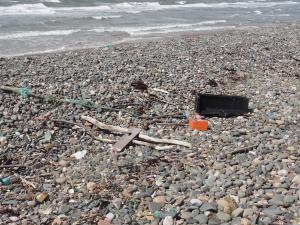
Source to Sea aims to deliver improved water quality in the Morecambe Bay catchment by addressing reasons for failure identified in the Water Framework Directive. The project is funded by Defra through the Environment Agency’s Catchment Restoration Fund and RSPB is acting as the lead organisation.
The pan-Morecambe Bay initiative encompasses restoration projects for a range of waterbodies, and associated priority habitats and species, treating the bay and its river catchments as one interacting entity.
The project will restore the natural connections along watercourses (removing barriers) and between watercourses and their floodplains and headwaters (restoring habitats).
The project works in partnership with landowners and managers to bring about land management change to benefit water quality and raises awareness amongst Morecambe Bay coastal communities.
Through restoration work, the project will address issues including:
- Unnatural flow regimes caused by upland grips (draining moorlands);
- Sediment, which has a direct adverse effect on water quality;
- Barriers to fish migration, preventing fish from reaching habitat where they should be present;
- Interrupted natural downstream movement of substrate - reducing spawning habitat for salmonids and freshwater pearl mussel;
- Fertiliser runoff into waterbodies that can cause nutrient enrichment and impact negatively on their ecology;
- Expected rise in river water temperature associated with climate change; and
- Failed bathing water standard in coastal reaches due to presence of excess pathogens attributable to upstream sources, and accumulations of litter on the shore.
Further details are given on the Catchment Restoration Fund Briefing Note and the River Wiki pages
